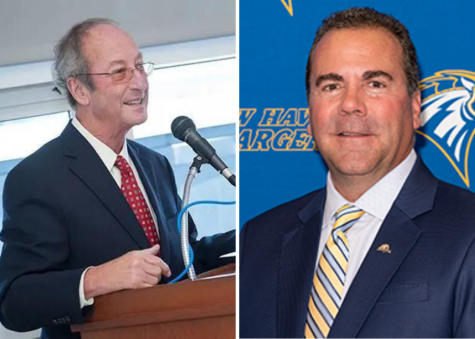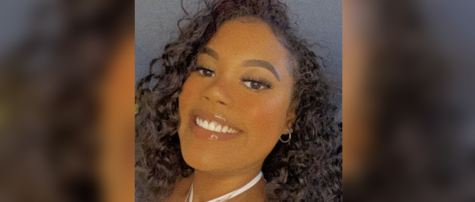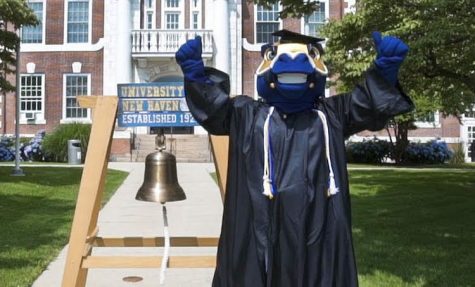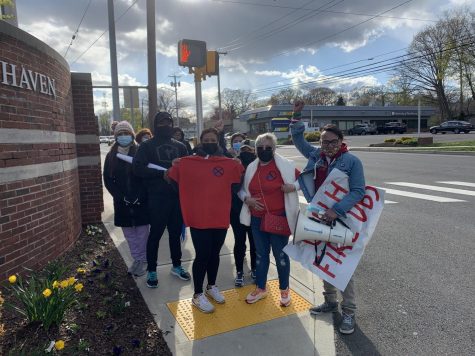Administration Responds to Negative Free Speech Ratings
Dean of Students has responded with information behind the ratings given by FIRE, which were yellow and red for being too vague.

The Foundation for Individual Rights in Education individually rated each of the University of New Haven’s policies and found a common issue among the majority of them. Many red light ratings were received from the policy regarding advertisements to the various standing harassment policies. Dean of Students Rebecca Johnson and Senior Associate Dean of Students Frederick Baker each responded to FIRE’s ratings.
The University’s “General Guidelines for Advertising on Campus” received a yellow light rating largely due to the necessity of approval on all posters, without giving clear guidelines of what would warrant approval. FIRE argued that this “gives staff unfettered discretion to approve or deny posters as they see fit, potentially on the basis of viewpoint.”
“A group has been convened to review the posting policy in the near future and I will ask them to address the concern raised about the need for clear criteria,” said Johnson in response to the rating.
More noteworthy than the yellow light rating for advertising is the long line of red light ratings regarding the Code of Conduct and harassment.
There was a Supreme Court case in 1999 which set a standard for harassment. Davis v. Monroe County Board of Education defined peer-on-peer harassment as needing to be “so severe, pervasive, and objectively offensive, and that so undermines and detracts from the victims’ educational experience, that the victim-students are effectively denied equal access to an institution’s resources and opportunities.”
FIRE sited the many overbroad and subjective criteria throughout the University’s policies, which do not limit harassment to the elements set in this decision, as their reasoning for the red ratings. The case makes clear that any harassment “must include something beyond the mere expression of views, words, symbols, or thoughts that some person finds offensive,” a standard which, FIRE argued, the University’s policies do not fulfill.
“The Davis elements help to ensure that a student will not be found guilty of harassment for isolated instances of protected speech, even if they are deeply offensive or controversial to another student or to the university administration,” said Azhar Majeed in his article on FIRE’s website.
The University’s “Code of Conduct” definition for harassment received a red light rating. FIRE argued that this definition, which includes “using abusive or obscene language” and “making personal slurs”, includes speech that would be protected under the first amendment. The policy also allows for a person’s subjective feeling to be enough to meet the standard for harassment, argued FIRE.
The University’s “Internet, Email, and Computer Policies,” as well as the “Policy on Harassment and Bias-Motivated Offenses,” also warranted a red light rating from FIRE. They cited the overbroad categories of “hate mail” and “offensive material,” which may include protected speech, and therefore are not in line with the definitions of harassment set by the Supreme Court. FIRE argued that both policies fail to meet the criteria expressed as being “severe, pervasive, and objectively offensive.”
“It is possible that these types of speech can rise to the level of harassment if part of a larger pattern of repeated conduct. However, standing alone, much of what people consider ‘hateful’ or ‘hostile’ expression is protected speech,” explained FIRE in their review.
“We need to investigate and restore their environment, language more loose than FIRE may like, but FIRE isn’t charged with keeping our campus safe,” said Baker when asked about the ratings.
Baker explained the process of creating these policies, stating that the office takes into account both subjectivity and the impacts certain actions can have on a person when making a call regarding harassment. He also conveyed that the policies are re-reviewed every two years, with one coming up in the next year the faculty is looking for students to make recommendations for changes they may want to see.
“We would never put something through the code of conduct for expressing a belief. We make a decision on every specific situation,” he explained.
Anyone who is found to have violated a policy goes through a process that initiates with an investigation to determine whether further action is necessary. The conduct process begins with an informal meeting where the accused has a chance to read the filed report and give feedback, the initial hearing officer then gives an initial decision that the student can appeal in a formal hearing with the Student Conduct Board, which holds a student majority.
He also made it clear that there were measures to attempt to diffuse situations before they rise to more pressing events. “We can use no contact orders, which we can put in for any reason whatsoever, to fix problems before they begin. We try to engage our students at the earliest level to prevent things from blowing up,” said Baker.
“We’re not a school that is going to trounce on anyone’s free speech rights, but we also have a legal obligation to keep a safe educational environment,” he said.
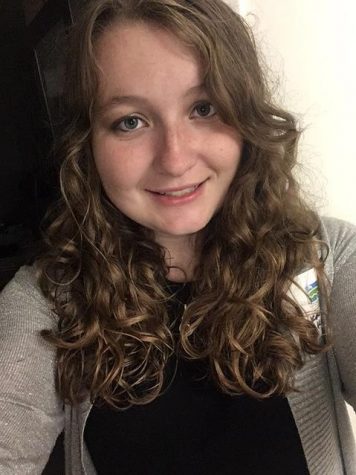
Karina Krul is a senior marine biology major with a triple minor in psychology, political science and marine affairs. This is her fourth year with The...



